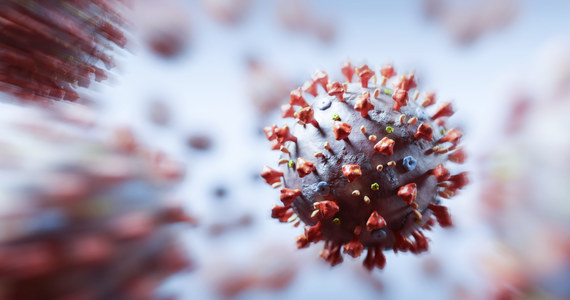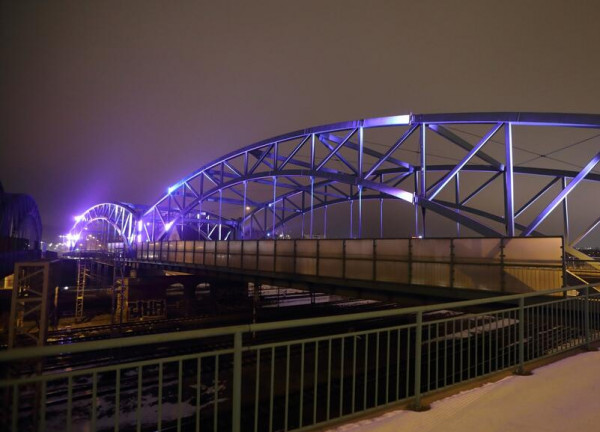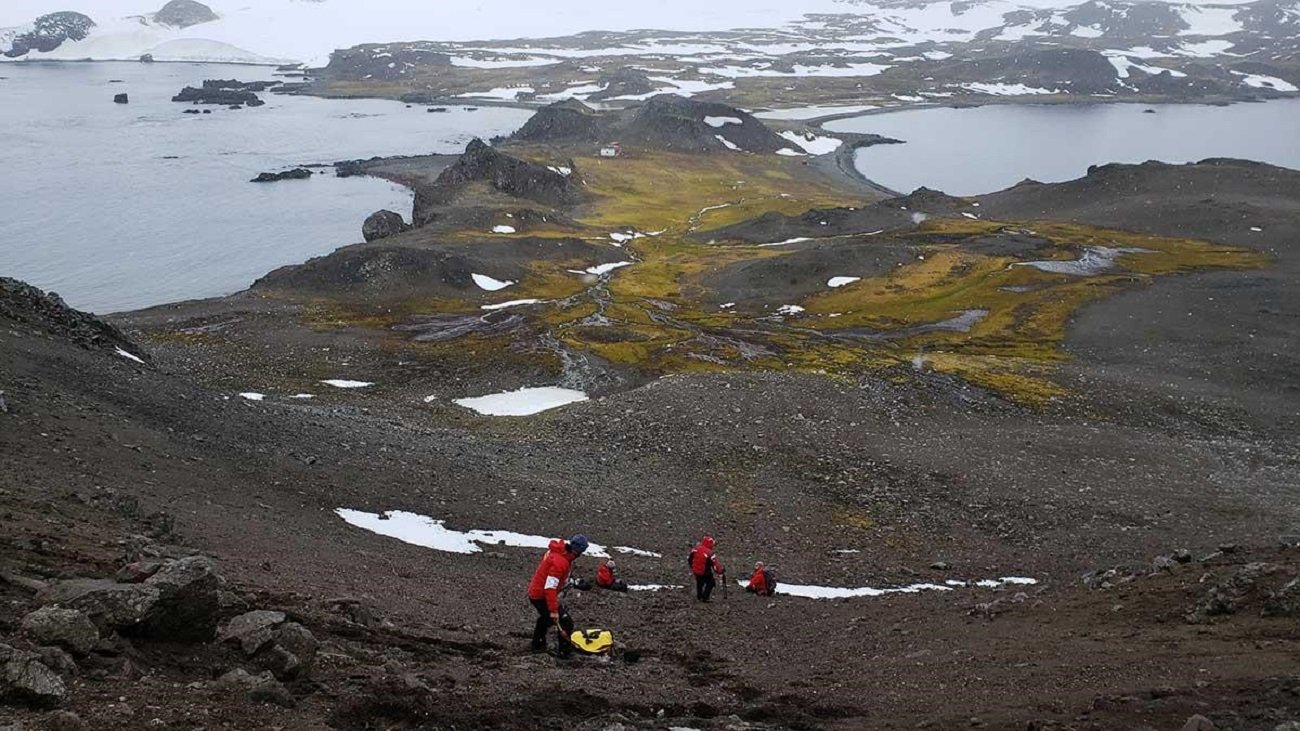Jan Czochralsky, photo. PAP / Archive PL / Alamy Stock Photos
Without this invention, there would be no smartphones, laptops, and all modern electronics. The technology for producing single crystals was initially just a curiosity. Its founder, Jan Czochralski, is little known in his homeland – and at the same time one of the most cited Polish scientists. He died exactly 70 years old, on April 22, 1953.
Jan Czochralsky was born on October 23, 1885 in Ksenia, a small town in the Prussian Partition, near Bydgoszcz, in a respectable family of carpenters. He was the eighth of ten children. Since the father did not like his son’s risky chemical experiments, the only 16-year-old Jan moved to Krotoszyn, where he worked in a pharmacy.
In 1904 he went to Berlin. He ended up in the laboratories of the Allgemeine Elektrizitaets Gesellschaft (AEG). While working, he simultaneously obtained education and in 1910 received the title of chemical engineer at the Technical University of Berlin.
In 1916 Czochralski He made a discovery that years later turned out to be his greatest achievement: he developed a method for measuring the rate of crystallization of minerals. According to the tale, he dipped the tip of a pen into a crucible with molten tin instead of an inkwell – and by pulling the pen out, he got a metal rod.
A method of producing single crystals by drawing, initially interesting only to metallurgists, is now widely used in the production of crystals, especially semiconductor crystals.Which are used to build transistors used in electronics. The method developed by Czochralski is used today to produce single crystals, on the basis of which mobile phones, tablets, digital cameras, mp3 players, portable game consoles and other electronic devices operate.
In 1924 it saw the light Another important invention of Czochralski: an alloy, ideal for bearings, to produce sliding rail bearings (later known as bahnmetal or B metal). The alloy did not contain the expensive and hard-to-find tin. The patent was promptly bought by the German Railways. Thanks to metal B, it was possible to significantly increase the speed of trains and develop railways in Germany, Poland, the USA, Great Britain and the USSR.
Fame and money follow success. In 1925 Czochralski became Chairman of the Board of the German Metallurgical Society. Henry Ford became interested in the Polish scientist, founder of the famous automobile company. He invited Chokralsky to visit his factories, and then offered him the position of director at the newly created duralumin plant. Despite the tempting offer, Chokralsky refused.
in 1928, At the request of the President of Poland and prominent chemist Ignacy Mościcki, Czochralski returned to his homeland permanently. He took a position as Professor of Contracts at the Warsaw University of Technology, and in November 1929 he became its Honorary Doctor. The following year, he was awarded the title of full professor by the President of Poland. He renounced his German citizenship, but the procedure was not formally completed.
In 1932 Czochralski bought a neoclassical mansion in Warsaw on ul. Nabilak, which has become a place to receive people from the governmental and technical fields. Among the regular visitors here are: Ludwik Solski, Karol Rostorovsky, and Cornel Makusinski.
Professor Čukralski funded scholarships for the students. He financially supported the reconstruction of Chopin’s palace in Żelazowa Wola, and participated in the financing of excavations in Biskupin. At the Warsaw University of Technology, within the Faculty of Chemistry, he organized the Department of Mineralogy and Metallurgical Science. During the war, he headed the Department of Materials Research, one of the eight departments established in the Technological University with the consent of its incumbent. The plant helped many Polish scientists survive, but also did work for the Wehrmacht. Official cooperation with the Germans took place with the consent of the secret authorities. Korokralski himself used his connections and good financial situation several times during the war to save scientists and artists not only from the oppression of Nazi Germany. The whole family was involved in helping, especially the eldest daughter Leonia.
However, due to the work carried out for the Germans by the factory headed by Korokralsky, immediately after the war, the professor was accused of collaboration with the occupier. He was detained in Piotrkow Trybunalski for several months. In the absence of evidence of guilt, the investigation was halted. In defense of the victim, and testifying to his patriotism, Mr. Gustav Oleczowski, Former Consul of the Republic of Poland. Despite the acquittal of the Prosecutor General’s Office, in December 1945 the authorities of the Warsaw University of Technology deprived Czochralski of the professorship and practically excluded him from the scientific community.
In August 1945, the offended Chokralsky returned to Ksenia. Here he founded a small chemical company BION, which deals with, among other things, the production of shoe polish, curing salt and permanent wave fluids. After a brutal search of his villa in Ksenia by the Security Bureau, Jan Czochralski had a heart attack and died in a hospital in Poznań on April 22, 1953.
The scientific achievements of the professor. Kzochralsky It includes some 120 publications, two written studies, dozens of patents, and thousands of pages of classified reporting. To this day, he is at the forefront of frequently cited Polish scientists. His greatest achievement was the method for producing single crystals. It can be assumed that if A.D. Czochralski lived several years longer and lived to witness the heyday of semiconductor electronics, with the high probability that Poland would receive a second Nobel Prize in Exact Sciences.
For many years Czochralski was omitted from encyclopedic publications, for example in 1967 Volume 2 of the Great Universal Encyclopaedia PWN. Only a short biographical note appeared in an appendix published in 1970. Efforts to qualify Prof. Czochralski has been hosted at the Warsaw University of Technology several times. Only documents found in 2011 made it possible to confirm the professor’s cooperation. Czochralski, not with the occupier, but with the intelligence of the local army headquarters. In this case, the Senate of the Warsaw University of Technology, by a decision of June 29, 2011 – after 66 years … – completely rehabilitated the professor. Kzochralsky.
Due to historical circumstances, Czochralski was a tragic figure. Growing up in a patriotic family did not allow him to defend himself, which would lead to the downfall of many other people from the circle of secret opposition to the Homeland Army—simply cooperating with the Homeland Army was considered a crime by the authorities at this time.
Additional information about the professor and his work can be found, for example, on the PAU website: https://pau.krakow.pl/PKHN-PAU/pkhn-pau-XIII-2014-4.pdf and https://ipn.gov.pl/pl/historia-z-ipn/157807, Giganci-nauki- Historical Charts Jan-Czochralski.html (PAP)
foot /

Echo Richards embodies a personality that is a delightful contradiction: a humble musicaholic who never brags about her expansive knowledge of both classic and contemporary tunes. Infuriatingly modest, one would never know from a mere conversation how deeply entrenched she is in the world of music. This passion seamlessly translates into her problem-solving skills, with Echo often drawing inspiration from melodies and rhythms. A voracious reader, she dives deep into literature, using stories to influence her own hardcore writing. Her spirited advocacy for alcohol isn’t about mere indulgence, but about celebrating life’s poignant moments.







